Rising Urbanization
The increasing trend of urbanization is a pivotal driver for the red brick market. As populations migrate towards urban centers, the demand for residential and commercial buildings escalates. This surge in construction activities necessitates the use of durable building materials, with red bricks being a preferred choice due to their strength and aesthetic appeal. In recent years, urban areas have witnessed a construction boom, with the red brick market projected to grow at a compound annual growth rate of approximately 5% over the next five years. This growth is likely fueled by the need for sustainable and energy-efficient buildings, which red bricks can provide, thus reinforcing their position in the market.
Architectural Trends
Architectural trends play a significant role in shaping the red brick market. The resurgence of traditional and heritage architecture has led to a renewed interest in red bricks, which are often favored for their aesthetic qualities and historical significance. Architects and builders are increasingly incorporating red bricks into contemporary designs, blending modern functionality with classic appeal. This trend is evident in various projects worldwide, where red bricks are used to create visually striking facades and sustainable buildings. The market data suggests that the demand for red bricks in architectural applications is likely to increase, driven by consumer preferences for unique and environmentally friendly materials.
Technological Innovations
Technological innovations are reshaping the red brick market by enhancing production processes and product quality. Advances in manufacturing techniques have led to the development of high-performance red bricks that offer improved durability and thermal efficiency. These innovations not only reduce production costs but also cater to the growing demand for energy-efficient building materials. The integration of automation and smart technologies in brick production is expected to drive efficiency and sustainability. Market analysis indicates that the adoption of such technologies could potentially increase the market share of red bricks, as builders seek to leverage these advancements for competitive advantage.
Infrastructure Development
Infrastructure development remains a critical driver for the red brick market. Governments across various regions are investing heavily in infrastructure projects, including roads, bridges, and public facilities. This investment not only enhances connectivity but also stimulates the construction sector, leading to increased demand for building materials. The red brick market has benefited from this trend, as red bricks are often utilized in the construction of durable and long-lasting structures. Recent data indicates that infrastructure spending is expected to rise significantly, with projections suggesting a growth rate of around 6% annually. This trend underscores the importance of red bricks in meeting the demands of modern infrastructure.
Sustainability Initiatives
Sustainability initiatives are becoming increasingly influential in the red brick market. As environmental concerns rise, builders and consumers are seeking eco-friendly materials that minimize carbon footprints. Red bricks, particularly those produced using sustainable practices, are gaining traction due to their energy efficiency and recyclability. The market is witnessing a shift towards green building certifications, which often favor the use of red bricks. Recent studies indicate that the sustainable building materials market is expected to grow by over 10% in the coming years, suggesting a favorable outlook for red bricks as a sustainable choice in construction.



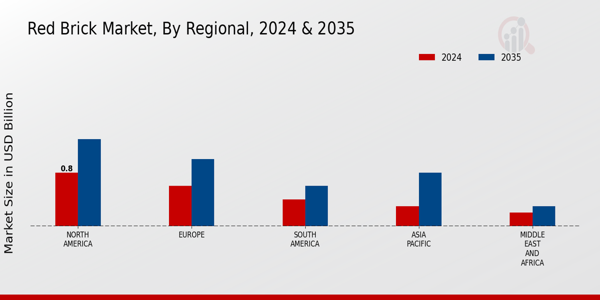
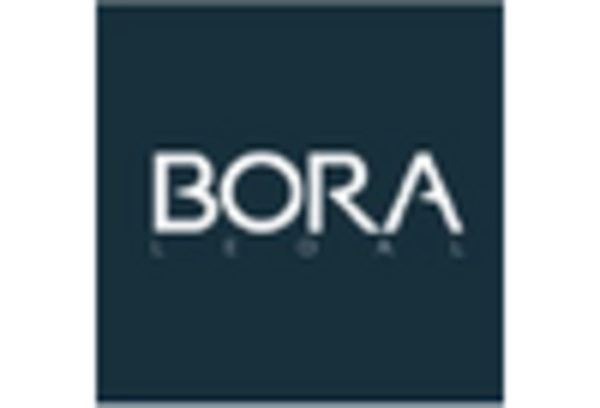
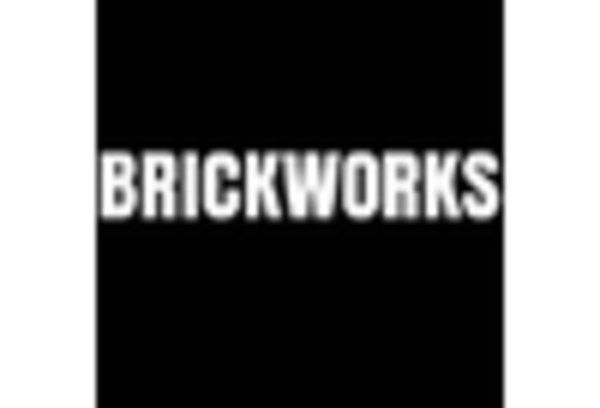
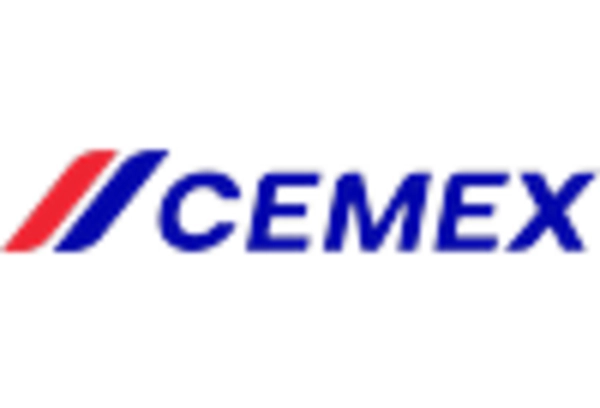
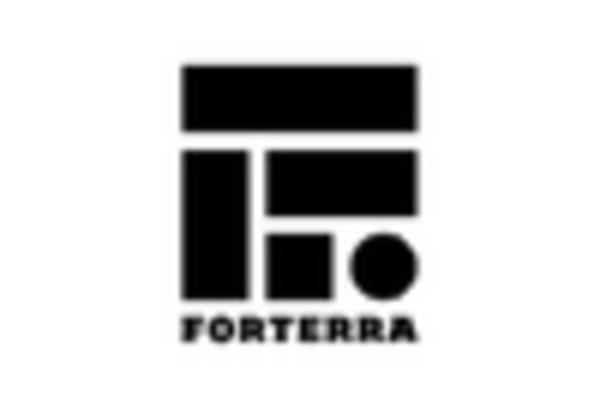
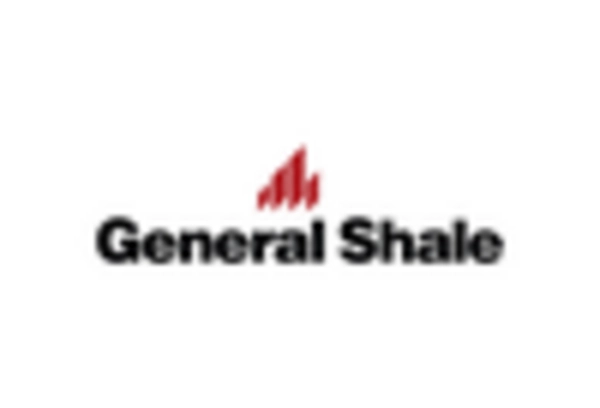









Leave a Comment